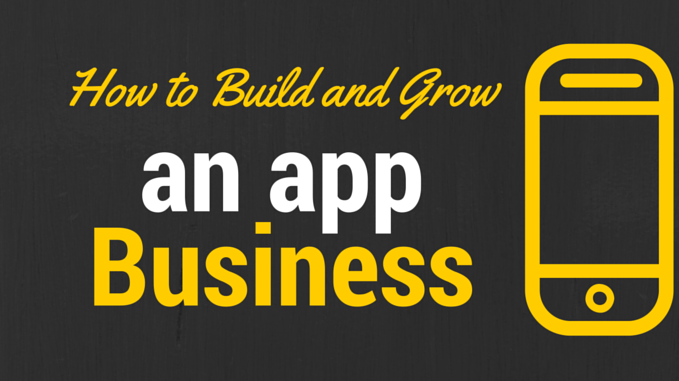A good offline backup solution is a smart idea in case you need to restore files when you don’t have an internet connection, or simply to keep a physical backup in a secure location. In no particular order here is a list of ten ways to perform offline backups, and a few of them are free to boot:
Syncback SE allows you to schedule backups, and offers a one-click restore. You can do offline backups on open documents as well as different versions of files. Offers 256 bit AES encryption and advanced customization options. Windows only, optimized for Windows seven and Vista compatible. $30, with a free 30-day trial.
GFI Home Edition an excellent option among the free offline backup solutions we looked at, emphasizing ease-of-use for beginners, with a wizard-driven interface, while offering things like encryption and easy data-restore. Option for doing incremental or differential backups. Freeware, Windows only.
With Genie Backup Manager Pro you can backup your entire PC, including locked and open files, using US government certified Advanced Encryption Standard encryption security. You can schedule backups for preset time intervals and rotate different types of backups, backing up pretty much to any storage device. The price is $69, or $49 buys you the home version, which does not offer encryption. Windows only.
Retrospect offers offline backup solutions for both Windows and Mac, and even has a backup and recovery monitoring app for iPhone and iPod touch. Sold as server protection for business critical applications in addition to desktops and notebooks, but also backs up next, Solaris and NetWare computers using a Windows computer. Performs automatic incremental backups, and offer simplified management of backup media, via a backup Wizard. Free trial offer, with a range of retail prices from different resellers.
At around $300 Windows Home Server is an expensive offline backup option for people who might be more comfortable with a Microsoft product. It also functions as a central location for organizing all of your digital media and gives you and your family the ability to access the home network from anywhere.
For Mac users,Time Machine is obviously a very popular option, with a gorgeous and intuitive interface. Simply add an external hard drive and Time Machine makes incremental backups every hour, every day. It saves the hourly backups for the past 24 hours, daily backups for the past month, and weekly backups for everything older than a month. Time Machine comes with Mac OS X.
Acronis True Image Offers both business and home/home office off-line and online backup solutions. The home version is $49.99 and offers continuous system and data protection, supporting a wide variety of storage media. An enhancement is now offered that allows restoration of your files to dissimilar hardware and dynamic disk support. The business version offers scalability to thousands of machines and integrated software deduplication. It’s an industrial-strength enterprise solution, starting at $1219.
ImgBurn is a free, lightweight CD/DVD/HD DVD/Blu-Ray burning application for computers running Windows. With it you can burn Audio CDs in the following formats: AAC, APE, FLAC, M4A, MP3, MP4, MPC, OGG, PCM, WAV, WMA and WV. Supports these image formats as well: BIN, CUE, DI, DVD, GI, IMG, ISO, MDS, NRG and PDI.
DriveImage XML is an offline backup solution for Windows machines. With it you can backup logical drives and partitions to image files. You can schedule automatic backups and copy directly from drive to drive. The private, noncommercial version is free, while a five-user license of the commercial edition is $100.
GDocBackup for Google Docs exports all documents from Google Documents to local hard-disk. Runs on NET 2.0 / Mono (Win, Linux and Mac). Free, donation optional.
If you have any offline backup solution suggestions, please let us know about it in the comments.
 Each year the app business gains momentum as an economic force in the global economy with app usage and revenue increasing rapidly.
Each year the app business gains momentum as an economic force in the global economy with app usage and revenue increasing rapidly.